Types of cracks in Concrete Structures and its Preventions
concrete cracks are very common, some are even inevitable. But with good supervision you can decreases the chances of cracks
There are two type of cracks
- Non Structural Cracks
- Structural Cracks
Non Structural Cracks
These type of cracks occur mostly due to internally induced stresses in building materials. These type of cracks are not very danger but may look unsightly, create an impression of faulty work .
Structural Cracks
These type of cracks occur because of incorrect design, faulty construction or overloading and these may effect the structural stability and weaken the structure .There are many type of structural cracks but in this article i am going to describe you main 7 type of cracks and its prevention’s
- Plastic shrinkage cracks
- Crazing & Crusting Cracks
- Settling cracks
- Expansion cracks
- Heaving cracks
- Overloading cracks
- Corrosion of Reinforcement
Plastic shrinkage cracks
These type of cracks occurs when slab or structural member subjected to a very rapid loss of moisture. When concrete is still in its plastic state ( time after pouring the concrete before hardening ) it is full of water. water start Evaporating or leaves the slab, it leaves behind large voids between the solid particles. These empty spaces make the concrete weaker and more prone to cracking.
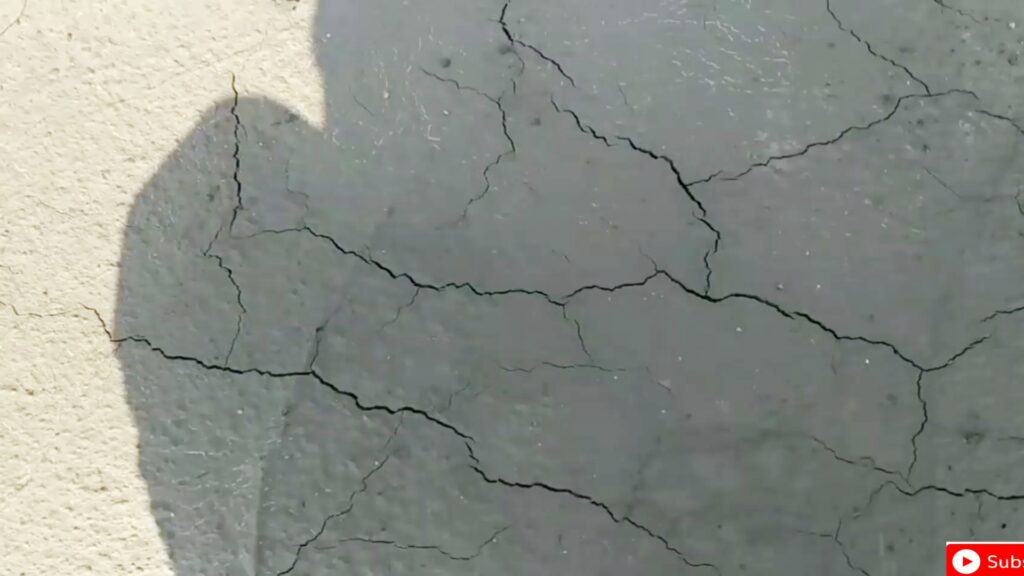
Plastic shrinkage cracks are very narrow in width and barely visible. While nearly invisible, it is important to remember that plastic shrinkage cracks don’t just exist on the surface, they extend throughout the entire thickness of the slab.
Measures to prevent plastic shrinkage in the concrete structure are as follow :
- By providing Control joints prevent shrinkage cracking.
- By use of fog nozzles to saturate the air above the surface
- Plan pouring of concrete in morning or Evening
- By use of plastic sheeting to cover the surface between finishing operations.
- Choose Water ratio according the Is code or according the temperature
Crazing & Crusting Cracks
Crazing :
These type of cracks occur due to premature drying ( the top of a concrete slab loses moisture too quickly ).
Crazing is the development of a network of fine random cracks or fissures on the surface of concrete or mortar caused by shrinkage of surface layer.These cracks are rarely more than 1/8 inch ( 3 mm ) deep. The irregular hexagonal area enclosed by the cracks are typically not more than 40 mm across and may be small as 12 – 20 mm .
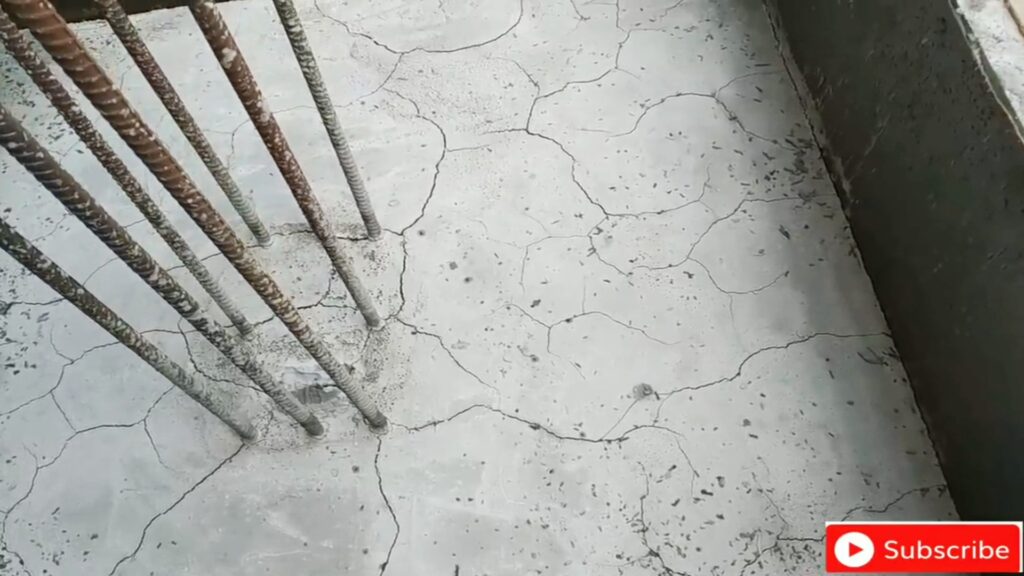
These are very fine, surface cracks that resemble spider webs or shattered glass.
Crusting :
During stamped concrete finishes, surface crusting is one of the most difficult problems to manage in the field. When it occurs, it can lead to large numbers of surface cracks that compromise the appearance of the decorative finish.
On windy days where the top of the slab dries out quicker than the bottom, the top of the concrete surface can become crusty . These can be prevented by deciding that it’s best not to place concrete that day, add an accelerating admixture to the concrete to encourage “bottom set” to occur before “top set” does, or find a way to protect your work from sunlight or other heat source.
Settling cracks
These type of cracks occur when soil below the structure settle down . These type of cracks occur when void is created in the ground below the concrete surface. when soil below the foundation or footing is not compacted properly.
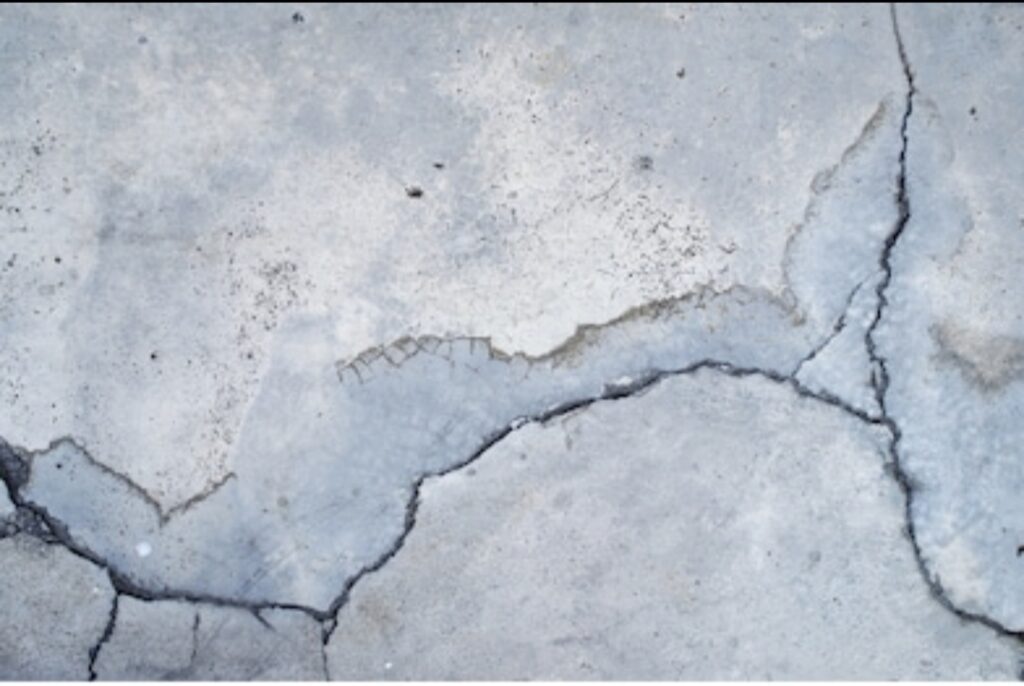
These are the very dangerous cracks and mostly seen in 30% houses of India
Expansion cracks
Another reason that concrete cracks is expansion. In very hot weather a concrete slab, like anything else, will expand as it gets hotter. This can cause great stress on a slab. As the concrete expands, it pushes against any object in its path, such as a brick wall or an adjacent slab of concrete. If neither has the ability to flex, the resulting force will cause something to crack.
An expansion joint is a point of separation, or isolation joint, between two static surfaces. Its entire depth is filled with some type of compressible material such as tar-impregnated cellulose fibre, closed-cell poly foam, or even timber (See Figure 6). Whatever the compressible material, it acts as a shock absorbed which can “give” as it is compressed. This relieves stress on the concrete and can prevent cracking.
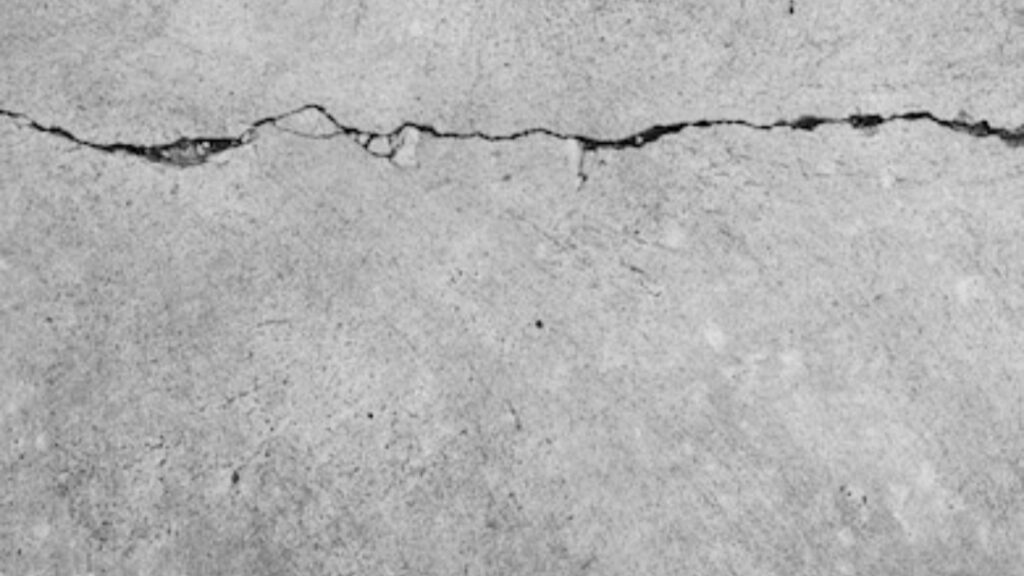
Expansion joint material can also prevent the slab from grinding against the abutting rigid object during periods of vertical movement. During these times of heaving or settling, expansion joint material prevents the top surface of the slab from binding up against the adjacent surface and flaking off
Heaving cracks
Slab heaving is caused by clay soils expanding when they absorb moisture. The source of moisture can be rainwater, broken sewer pipes, ground water, poor surface drainage and garden irrigation. The amount of water in the ground is often uneven and so the movement in the house is uneven.
Another factor which contributes to cracking is ground movement brought on by freeze/thaw cycles. During such cycles, the frozen ground can lift as much as several inches, and then settle again when the ground thaws. If the slab is not free to move with the soil, the slab will crack. The presence of large tree roots can also cause concrete to heave. If a tree is located too close to a concrete slab, the growing roots can lift and crack the concrete
Overloading cracks
concrete is a very strong building material, it does have its limits. Placing excessive amounts of weight on top of a concrete slab can cause cracking.
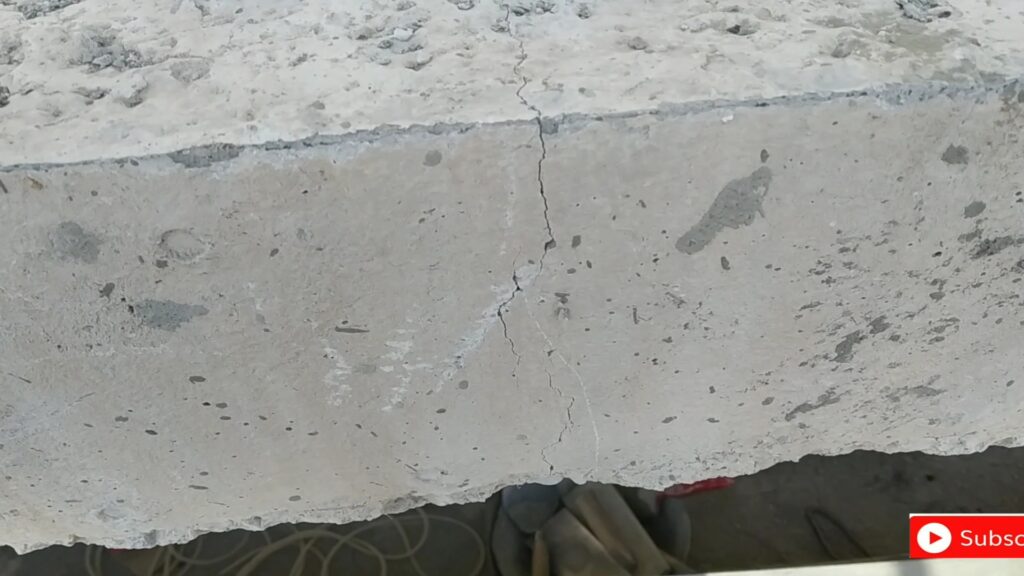
Precast members, such as beams and panels, are most frequently subject to this abuse, but cast-in-place concrete can also be affected. A common error occurs when precast members are not properly supported during transport and erection. The use of arbitrary or convenient lifting points may cause severe damage.
Corrosion of Reinforcement
These type of cracks also appear due to corrosion of reinforcement.
the use of synthetic fibres, reinforcing wire mesh, or rebar can add some extra support to concrete, but none of them will prevent cracking. In fact, too much steel can actually cause a slab to crack by restraining normal concrete shrinkage. However, if cracks happen, reinforcement can hold the different sections together.

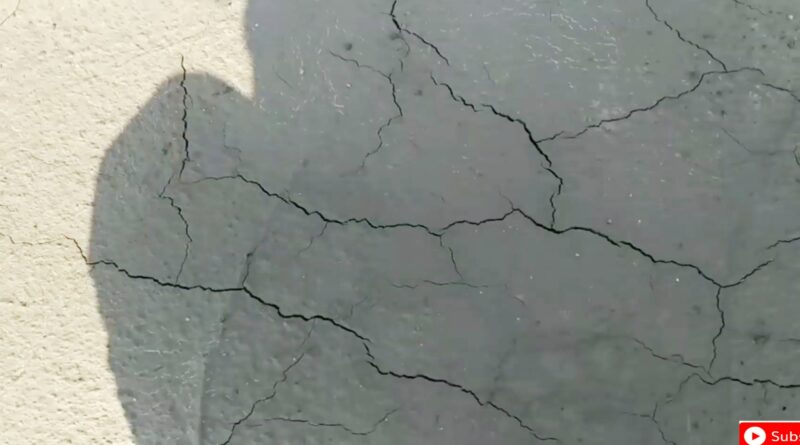
nice artilce , thank you Admin . keep it up have a great day